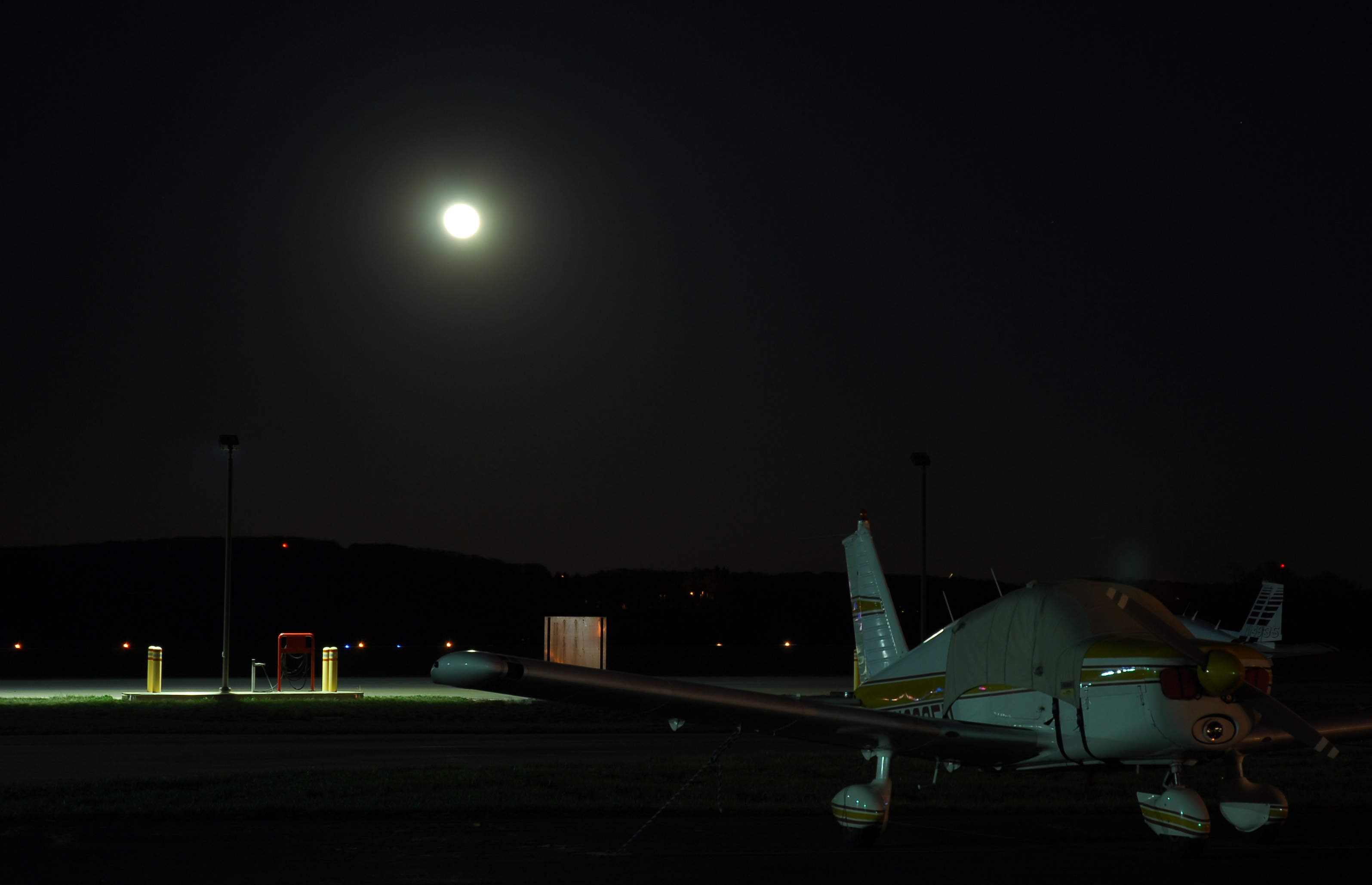CONCLUSIONS AND RECOMMENDATIONS

Spatial disorientation was a consistent theme in night accidents. Helping pilots understand what conditions cause disorientation, along with better training on recognition and prevention, should reduce the number of accident cases.
Pilots will benefit from additional training focused on night operations, risks, and mitigations. Emphasizing proficiency instead of currency and the importance of routine night flying and flight training for certificated pilots should reduce accidents. Training providers should place greater emphasis on night en route flight training due to the frequency of accidents within this phase of flight. This practice should go beyond takeoffs and landings to the en route phase of flight where most night accidents occur.
Spatial disorientation was a consistent theme in night accidents. Helping pilots understand what conditions cause disorientation, along with better training on recognition and prevention, should reduce the number of accident cases. The FAA offers spatial disorientation training for pilots at their facilities and occasionally at airshows. Encouraging pilots to participate in this training would help them understand their individual responses and how to mitigate them. Embry-Riddle Aeronautical University offers its students a spatial disorientation laboratory. Other universities and non-university flight schools can adopt similar methods and tools to provide students and certificated pilots an affordable means of gaining proficiency in recognizing and recovering from spatial disorientation flight conditions with the use of basic or advanced flight simulators.
Loss of control in flight, including stall/spin accidents, was the number one cause of overall and fatal accidents. Providing pilots with night-specific training, incorporating scenario-based objectives specifically focusing on aircraft control, low-speed management, and reaction to startle factors, would help drive down accident rates. Dedicated focus should be given to en route, climb, and approach phases. Instructors should incorporate a portion of three hours of simulated instrument time, required for private pilots, into night operations training. Encouraging the wider adoption and installation of synthetic vision, heads up displays (HUD), and angle of attack indicators could reduce accidents in this category.
The second most common accident cause is SCF-PP events. While these accidents are largely survivable, better identification of impending engine failure could help reduce accidents in this category. The installation of engine monitoring equipment can alert pilots to building or imminent engine issues, providing them time to divert to a suitable landing area.
Poor fuel management resulted in fuel-related accidents as the third-highest cause. Better fuel monitoring technology and altering systems could make pilots aware of exhaustion well ahead of engine shutdown. Encouraging pilots to dip tanks prior to each flight, as well as taking excess fuel when conditions permit, would also reduce accidents. Instructing pilots on fuel system operations and design, along with verification of fuel transfer, would mitigate starvation accidents.
Loss of control in flight, including stall/spin accidents, was the number one cause of overall and fatal accidents. Providing pilots with night-specific training, incorporating scenario-based objectives specifically focusing on aircraft control, low-speed management, and reaction to startle factors, would help drive down accident rates.
AOPA Air Safety Institute Recommendations:
- Encourage night-specific training that goes beyond currency
- Encourage pilots to attend training focused on spatial disorientation recognition, prevention, and recovery
- Improve stick-and-rudder skills, with emphasis on stall awareness and prevention
- Install synthetic vision, heads up displays (HUD), and angle of attack indicators
- Install engine monitoring devices to alert pilots to engine issues
- Encourage pilots to review and refresh their knowledge of aircraft-specific fuel systems
- Install better fuel monitoring devices
- Encourage pilots to fly with flashlights/headlamps to help illuminate dark cockpits
- Pilots should assess their arrival and departure airport environment, light levels, and approach/departure paths for the potential of encountering spatial disorientation
Learn More:
Review the Spatial Disorientation Safety Spotlight to examine what spatial disorientation is, how it happens, and how you can avoid its hazards.
Review the Fuel Management Safety Spotlight for suggestions to improve fuel awareness and reduce fuel-related accidents.
AOA Indicators
Join us as we take a look at the benefits of angle of attack indicators, and how they provide pilots a visual reference on how close their wings are to stalling.
Pilot Short Story: Into the Dark
In this episode, Alex Aguilar recounts a flight he made from Martha’s Vineyard to Cape Cod. He shares lessons learned about spatial disorientation after taking off over water with an overcast sky at night.